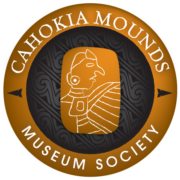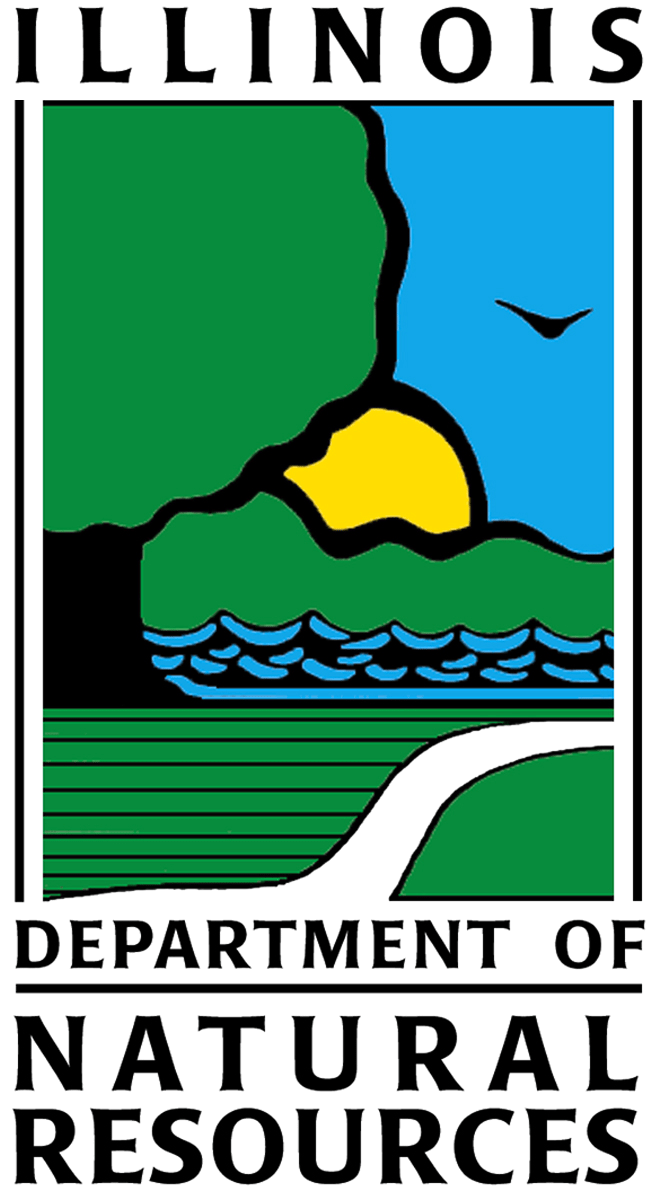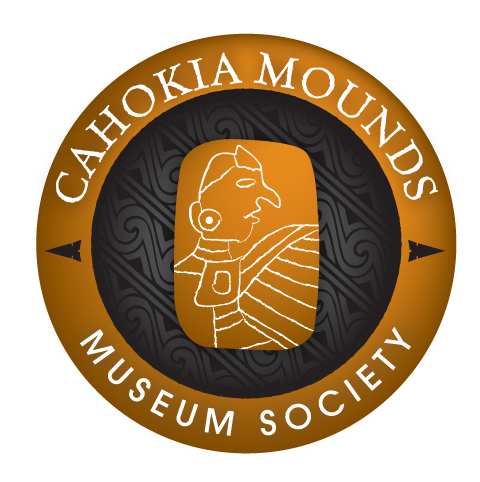Mound 52
Elongate in form, Mound 52 is shown by Patrick to be parallel-sided with rounded ends and, on the basis of the shading, not of great height. However, the McAdams Map of 1882 gives a height of 15 feet (4.6 meters) and the Peterson McAdams Map of 1906, 8 feet (2.4 meters). Using the 127-meter (416.7-foot) contour as the base elevation, the 1966 UWM Map shows a north-south dimension of 99 meters (324.8 feet) and an east-west dimension of 83 meters (272.3 feet). However, by 1966 the mound had been greatly disturbed and partially leveled for the construction of a trailer park. Today the mound is only a high elevation in the midst of this trailer park just to the south of Highway 40. It appears, however, that much of the mound is still buried; details of its shape and nature could be determined by excavation.
There are some indications that Moorehead excavated in this mound, as he reported in 1929:
Mound No. 52, a low structure, appeared to be a house site, and during excavation we observed many lumps of hard burnt clay in which were impressions of reeds and sticks. These gave us information with reference to the walls or methods of construction of the dwellings. Cane, the favorite material used in clay or mud in building wigwam walls in the South, does not occur on Cahokia Creek, so other growths more-or-less cane-like in character were employed by the Indians. [Moorehead 1929: 31-32]
There are no other details of this excavation. Moorehead does say, however, that they did considerable work in the vicinity of this mound. One assumes this was the excavation in the so-called village site area that he marked on his 1929 map.




